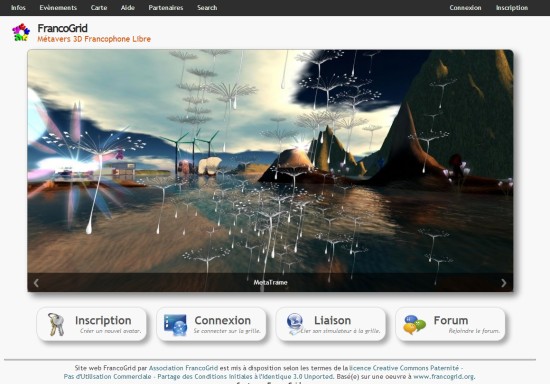A couple of months ago, I wrote an article titled 8 best grid websites, and followed it up with Nice WordPress themes for a grid a few days later.
While I still love the FrancoGrid website and think it looks great, it turns out I was very, very wrong about one thing.
That slider at the top of many websites? Turns out, it doesn’t work.
A slider — also known as a slideshow, or photo carousel — is a way to rotate different pictures or other types of content automatically. You can showcase multiple destinations, events, or special offers in one place.

Except for one thing.
They don’t work.
According to this article on the ConversionXL blog, sliders don’t work, they never work, and they waste a bunch of space on your website that could have been spent doing something actually useful.
The article — very much well worth reading — quotes a whole bunch of usability experts and tests. It turns out that people completely ignore sliders. Anything that moves on a website is automatically ignored. Visitors just scroll down to find the meat. Nobody reads the slides. Nobody clicks on them. The only people who benefit from them are the ones who designed the website and can point to it and say, “Oooh, look how pretty that is.”
So, my new recommendation is: instead of automatically rotating slideshows, use manually-activated sliders to showcase images of your grid. If people have to click the right arrow to see the next slide, they’ll actually pay attention to what’s on it. Another option is to show a grid of scaled-down thumbnails that visitors can click on to see the entire image.
Or, better yet, use the space for your top call-to-action.
I’m in the process of rethinking the design of Hypergrid Business, and I will definitely be keeping this information in mind. And will need to start my search for templates over again from scratch — all my favorites have automatic sliders on them!
- OSgrid back online after extended maintenance - April 16, 2025
- Analysts predict drop in headset sales this year - March 25, 2025
- OSgrid enters immediate long-term maintenance - March 5, 2025
